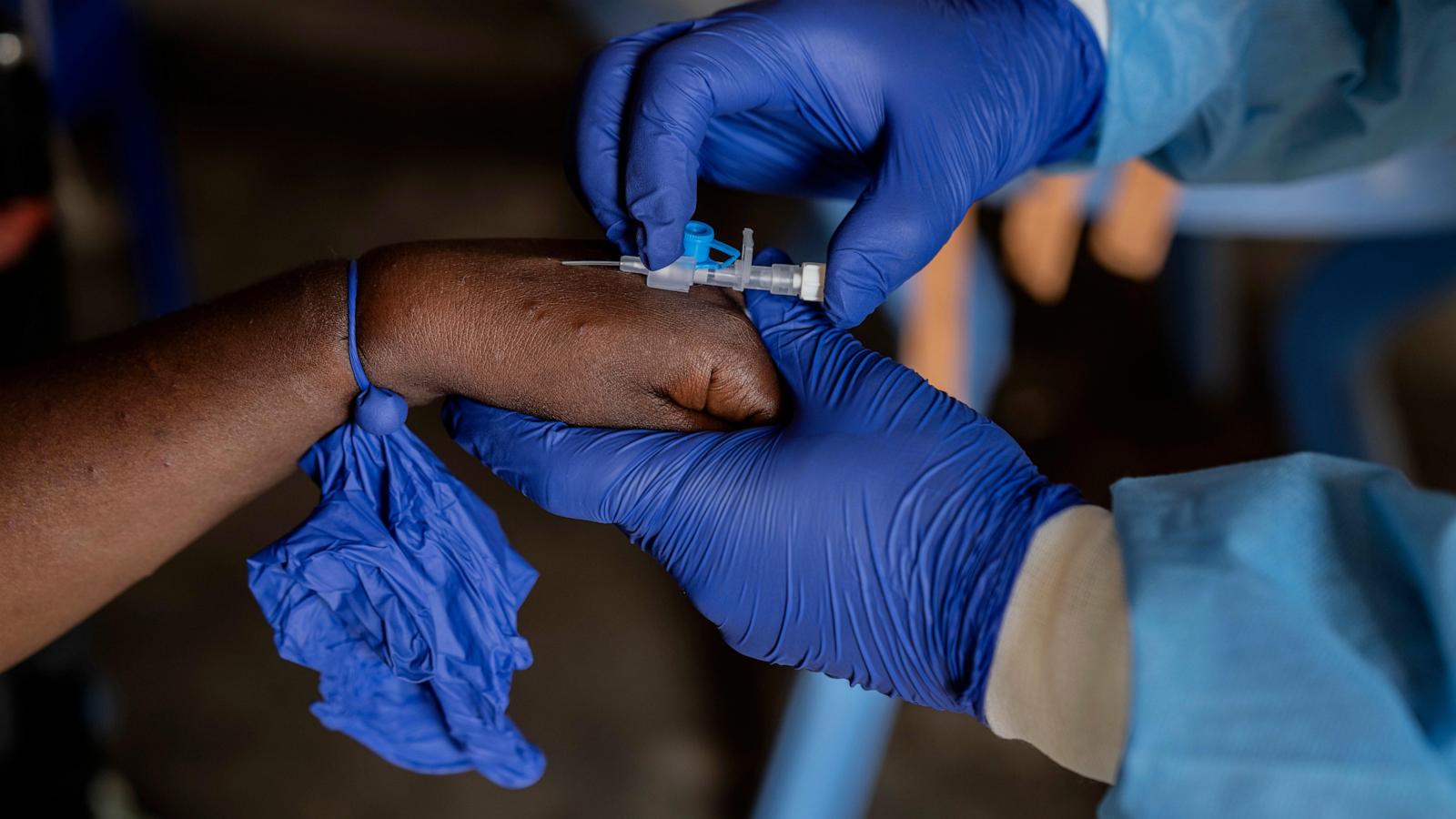The number of outbreaks and people sick in them in the Netherlands has gone down compared to the previous year, according to statistics recently reported. In 2023, 911 outbreaks were reported, with 3,500 people falling ill. In 2022, there were 1,173 outbreaks and 4,505 sick people. Norovirus, Salmonella, and Campylobacter… Continue Reading Foodborne Illness Outbreaks, World, 2023 outbreaks, Dutch Food and Consumer Product Safety Authority (NVWA), Dutch National Institute for Public Health and the Environment (RIVM), eggs, Netherlands, norovirus, Salmonella Food Safety News
The number of outbreaks and people sick in them in the Netherlands has gone down compared to the previous year, according to statistics recently reported.
In 2023, 911 outbreaks were reported, with 3,500 people falling ill. In 2022, there were 1,173 outbreaks and 4,505 sick people.
Norovirus, Salmonella, and Campylobacter were still the most commonly identified causes of outbreaks in 2023.
Information on food-related outbreaks comes from the Netherlands Food and Consumer Product Safety Authority (NVWA) and the Municipal Public Health Services (GGDs). The National Institute for Public Health and the Environment (RIVM) combines the reports from the two agencies and analyzes them.
Nine outbreaks had 25 or more sick people. One with 100 patients was caused by norovirus and another with 156 cases between June 2023 and January 2024 was due to Salmonella Enteritidis.
An inspection was carried out in 72 percent of the reported outbreaks. This is comparable to previous years. Samples were taken in 12 percent of inspections, which is down from past years.
In total, a pathogen was identified in 32 of the 911 outbreaks in patients and/or in food or environmental samples.
Salmonella was behind 14 outbreaks and 235 illnesses. Norovirus was the cause in seven outbreaks with 178 patients and was also found in two outbreaks together with rotavirus. Campylobacter caused seven outbreaks with 34 cases. One each was due to E. coli O157 and rotavirus with 15 and seven patients, respectively.
Of the outbreaks in which a pathogen was detected, six involved environmental samples, in which norovirus RNA was detected three times, norovirus and rotavirus RNA twice, and rotavirus RNA once.
Large Salmonella egg outbreak
In two outbreaks, Salmonella was found during sampling that, via WGS, were linked to a cluster of patients. One case involved overshoes taken from a laying hen farm that tested positive for Salmonella Enteritidis. No patients with this type of Salmonella were reported in other EU countries. Eggs were suspected as the source of infection based on patient interviews.
Salmonella Enteritidis was found in the production environment of an egg packing station and in a batch of eggshells intended for animal feed. NVWA has tightened supervision on the processing of eggshells in the feed industry.
The other, from dried sausage, was an identical Salmonella Typhimurium strain to a human cluster. Further investigation by NVWA showed that maturing processes were too short, allowing any Salmonella present in the sausage to survive.
In the majority of outbreaks with a pathogen, this was only found in the patient. In one of these 24 outbreaks with 18 Salmonella Typhimurium infections, there was a strong epidemiological link to a butcher, who was also a caterer. However, no contaminated product was found.
Given the short incubation period of 1 to 12 hours in 19 outbreaks with more than 10 patients, it is possible that some were caused by Bacillus cereus, S. aureus and Clostridium perfringens.
The preparation locations of suspected food were mainly restaurants, cafeterias/fast food/takeaways, and home settings. Catering is often mentioned in the larger incidents.
(To sign up for a free subscription to Food Safety News, click here.)



